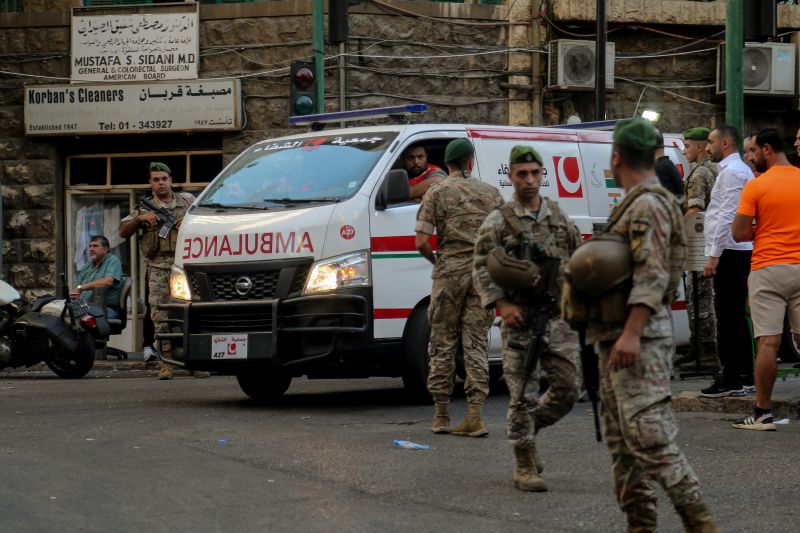
Unveiling Hezbollah’s Hidden Tactics: How Pager Blasts Expose a Lethal Weakness
Stepping into the shadows of the Middle East, Hezbollah solidifies its reputation as a clandestine powerhouse, leveraging secrecy as the cornerstone of its military strategy. The recent exposure of deadly pager blasts reveals a key vulnerability in the otherwise impenetrable fortress of Hezbollah’s operations. The repercussions of these revelations highlight the intricate web of intelligence, technology, and deception that characterizes Hezbollah’s modus operandi.
Hezbollah’s rigid hierarchy, divided into distinct military, political, and social wings, operates under a veil of secrecy that mirrors its labyrinthine structure. This clandestine approach not only shields the organization from external scrutiny but also fosters an air of mystique and fear that cements its grip on power. However, the recent pager blasts serve as a stark reminder that even the most well-guarded secrets can be exposed, unraveling the carefully constructed facade of invincibility.
The use of pagers as a means of communication within Hezbollah’s ranks underscores the organization’s reliance on outdated technology to evade detection. By exploiting this vulnerability, external actors have gained valuable insights into the inner workings of Hezbollah’s operations, potentially compromising its strategic advantage. The revelation of these pager blasts exposes a critical weakness in Hezbollah’s otherwise formidable arsenal, prompting a reassessment of its reliance on outdated communication channels.
Moreover, the repercussions of these revelations extend beyond mere technological vulnerabilities, shedding light on the broader implications of Hezbollah’s secretive military strategy. The organization’s penchant for secrecy not only conceals its operations from external threats but also hinders internal dissent and promotes a culture of unwavering loyalty. The exposure of these pager blasts threatens to erode the trust and cohesion within Hezbollah’s ranks, potentially leading to internal strife and discord.
As Hezbollah grapples with the fallout from these disclosures, it faces a pivotal moment in its storied history. The organization must adapt its military strategy to address its vulnerabilities and shortcomings, leveraging modern technology and sophisticated encryption methods to safeguard its communications. Moreover, Hezbollah must recalibrate its approach to secrecy, striking a delicate balance between operational security and strategic transparency to maintain its competitive edge in a rapidly evolving geopolitical landscape.
In essence, the recent pager blasts serve as a stark reminder of the fragility of secrecy in an increasingly interconnected world. Hezbollah’s military strategy, shrouded in mystery and intrigue, is not impervious to the scrutiny of external actors seeking to expose its weaknesses. As Hezbollah navigates these turbulent waters, it must heed the lessons learned from these revelations and fortify its defenses against future threats to its clandestine operations. Only by embracing innovation, adaptability, and transparency can Hezbollah secure its position as a formidable force in the volatile arena of Middle Eastern geopolitics.
